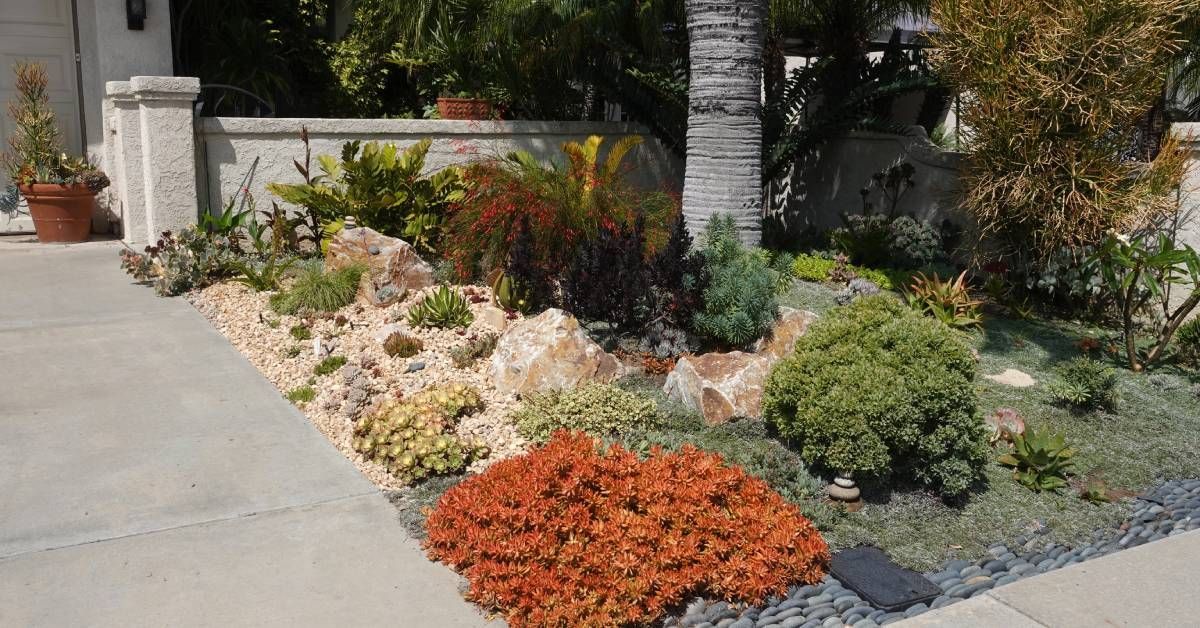Caring for Your Drought-Tolerant Garden Throughout the Year
Drought-tolerant landscaping and gardens have become incredibly popular for homeowners. They allow people to grow gardens and have gorgeous landscaping without the requirement of regular watering. These gardens conserve precious water and offer a sustainable, low-maintenance landscape solution. In California, where water efficiency is paramount, adopting such practices can substantially benefit the environment and homeowners alike. Continue reading to discover how to care for your drought-tolerant garden throughout the year.
Planning Your Garden
Selecting the right plants will help you establish your garden and keep it flourishing all year. Opt for species native to your region as they naturally thrive in local soil and climate conditions. Additionally, thoughtful design plays a crucial role. Arrange plants with similar water needs to optimize your garden’s water usage while enhancing its aesthetic appeal.
Drought-Tolerant Garden Care
Every season demands specific care to maintain the vitality of your drought-tolerant garden. Spring marks the time for planting and nurturing early growth with minimal water. Summer emphasizes strategic watering to sustain plants during the hottest months. Come fall, it’s time to prepare your garden for cooler temperatures. Winter requires special attention to protect plants from the cold, even in milder climates.
Effective Strategies for Water Conservation
Efficient watering is the core of caring for drought-resistant plants. Techniques such as drip irrigation deliver water directly to the roots, reducing water waste. Furthermore, capturing rainwater and repurposing greywater can significantly enhance your garden’s sustainability, aligning with California’s low-maintenance landscape philosophy.
Soil Health and Nutrition
The success of a drought-tolerant garden hinges on soil quality. Rich, well-draining soil supports robust plant growth by improving water retention and aeration. Incorporating organic matter and conducting regular soil tests can enhance nutrient availability, ensuring your garden’s long-term health and resilience. Consider composting to add more nutrients to your garden all year.
Pest and Disease Management
Even the hardiest plants face threats from pests and diseases. Fortunately, many drought-tolerant species possess natural resistance. For added protection, adopt integrated pest management strategies that favor biological controls and organic treatments, safeguarding your garden without harsh chemicals.
Your drought-tolerant garden represents more than just an attractive landscape; it’s a testament to sustainability and resilience. Following these guidelines lets you enjoy a vibrant, low-maintenance garden that thrives year-round. We promise you’ll have beautiful drought-tolerant landscaping all year.

